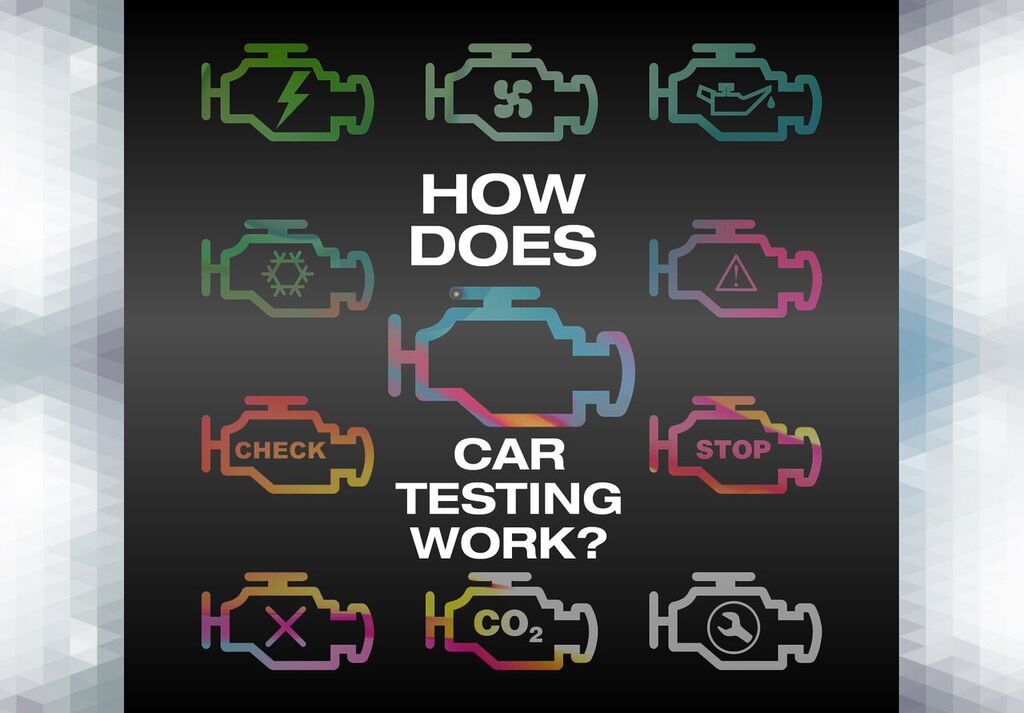
When a new vehicle is released, all you hear about is all of the testing that was done that proves that this car is superior than other cars that were similarly tested. Have you ever wondered what these tests actually are? Me too. There are different types of tests that are performed and that we hear about. Two of the main ones are: safety testing and fuel efficiency testing.
Safety testing seems pretty standard: put the car in a big room with a dummy, crash it into the wall and see how it does. It’s actually quite a bit more complicated than that. The cars are fitted with sensors from wheel to wheel to tell the manufacturer’s everything happening inside and outside of that car. The dummies themselves are also packed with sensors to signal where they are being damaged at what time. The dummies have accelerometers, load sensors and motion sensors all sending information about the crash. The vehicles are set up in very specific circumstances that help show what will happen when they crash going 70+/mph or when they barely bump an obstacle. All this testing is done to see how the vehicles will hold and how well they will keep you safe.
The other type of testing is fuel efficiency testing. This is the testing the manufacturers do to see how far they will go on a single tank, and how they will do with city driving. This testing is a little bit different, because it’s less important to see how every part of the car is doing, and more important to see how far the car can go. They do this by putting the car’s drive wheels on a dynamometer that simulates driving. They can change the settings on this machine to see how well the car does at different speeds and with different amounts of resistance. The amount of fuel and carbon released is kept track of and then they either improve the vehicle or it moves on towards completion.






No Comments